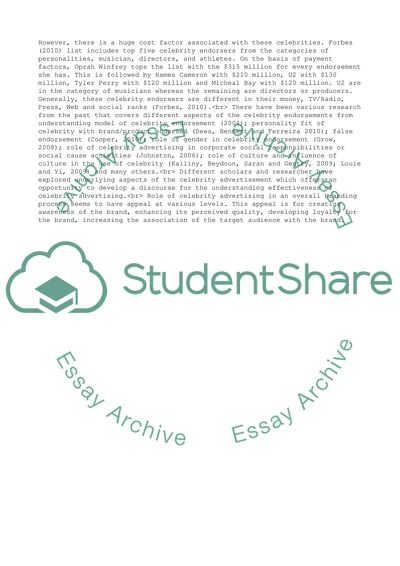Cite this document
(Analysis of Celebrity Advertising Research Paper, n.d.)
Analysis of Celebrity Advertising Research Paper. Retrieved from https://studentshare.org/management/1744603-celebriity-advertising
Analysis of Celebrity Advertising Research Paper. Retrieved from https://studentshare.org/management/1744603-celebriity-advertising
(Analysis of Celebrity Advertising Research Paper)
Analysis of Celebrity Advertising Research Paper. https://studentshare.org/management/1744603-celebriity-advertising.
Analysis of Celebrity Advertising Research Paper. https://studentshare.org/management/1744603-celebriity-advertising.
“Analysis of Celebrity Advertising Research Paper”, n.d. https://studentshare.org/management/1744603-celebriity-advertising.


